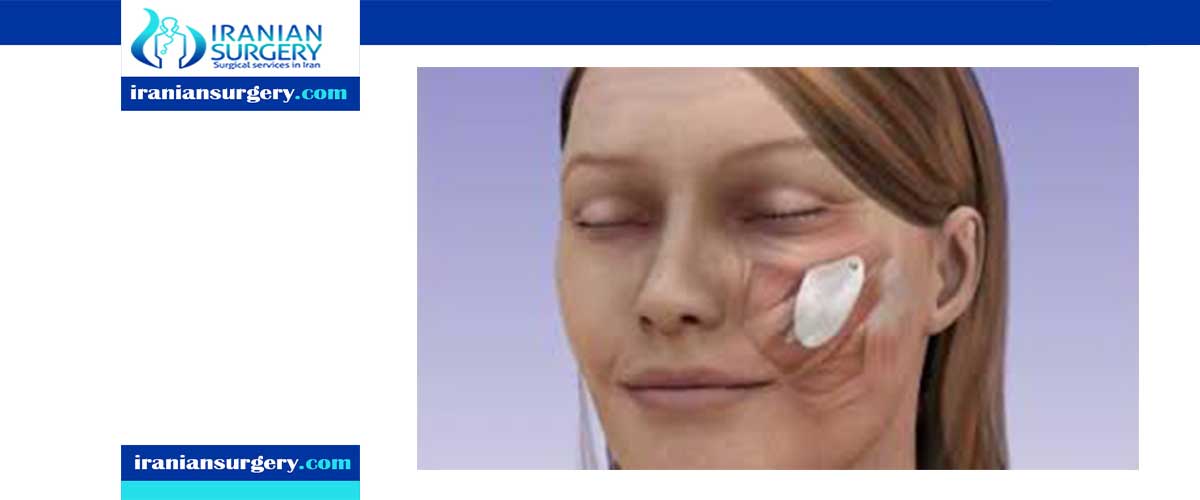Cheek implants recovery

Cheek Implant Recovery time
In the world of facial cosmetic procedures, cheek augmentation—also called midface modification—is often times disregarded. A lot of patients and facial plastic surgeons tend to pay most attention to the upper and lower part of the face because those areas are more likely to develop wrinkles. However, there are several valid reasons why patients might seek out cheek augmentation whether it’s in the form of fillers or cheek implants. Some patients are dissatisfied with their natural bone structure and want to create a more angular look. Others simply notice volume loss as they get older and want to restore their youthful appearance.
Whatever your reason is for wanting to augment your appearance, cheek implant surgery is a viable option that can easily be combined with other facial cosmetic procedures such as brow lifts, forehead lifts, rhinoplasty, otoplasty, and facelifts. Before you make the decision to have this procedure done, however, there are a few things that you should know about the preparation, the types of cheek implants, and the recovery period. Keep reading for all of the important information.
Read more about : Cheekbone Reduction Surgery
What Is Recovery Like after Cheek Implant Surgery?
Following your cheek augmentation surgery, gauze dressings or bandages may be applied to your incisions. An elastic bandage or compression garment may minimize swelling and support the cheeks as they heal following surgery. Alternatively, you may not have any dressings or bandages. If you have cheek implants placed through an incision inside your mouth, you may be placed on a liquid diet and/or given special mouth rinses.
You will be given specific instructions that may include:
. How to care for your surgical site(s) following surgery
. Medications to apply or take orally to aid healing and reduce the risk of infection
. Specific concerns to look for at the surgical site or in your general health
. When to follow up with your plastic surgeon.
Be sure to ask your plastic surgeon specific questions about what you can expect during your individual recovery period:
. Where will I be taken after my surgery is complete?
. What medication will I be given or prescribed after surgery?
. Will I have dressings/bandages after surgery? When will they be removed?
. When can I bathe or shower?
. When can I resume normal activity and exercise?
. When do I return for follow-up care?
. Do I need to be on a specific diet after surgery?
Healing will continue for several weeks as swelling decreases. Continue to follow your plastic surgeon's instructions and attend follow-up visits as scheduled.
Will There Be Swelling and How Long Will It Last?
There is minimal discomfort associated with cheek augmentation. There will be a moderate amount of swelling around the cheek area and possibly under the eyes. This peaks at 48 to 72 hours after surgery and then starts to subside. Crushed ice applied to the cheeks will help during this time. Most of the visible swelling will disappear by about 2 weeks. There may still be a feeling of numbness, which means that some swelling is still present. It will take several weeks before the last bit of swelling has resolved. You should not sleep on your face for at least 6-8 weeks following surgery. Oral pain medication is used to control your post-operative discomfort.
Source:
https://www.torontofacialplastic.com/blog/cheek-implants-types-surgery-recovery-benefits/
https://www.kirbyplasticsurgery.com/procedures/face/cheek-augmentation/
https://www.plasticsurgery.org/cosmetic-procedures/cheek-augmentation/recovery

